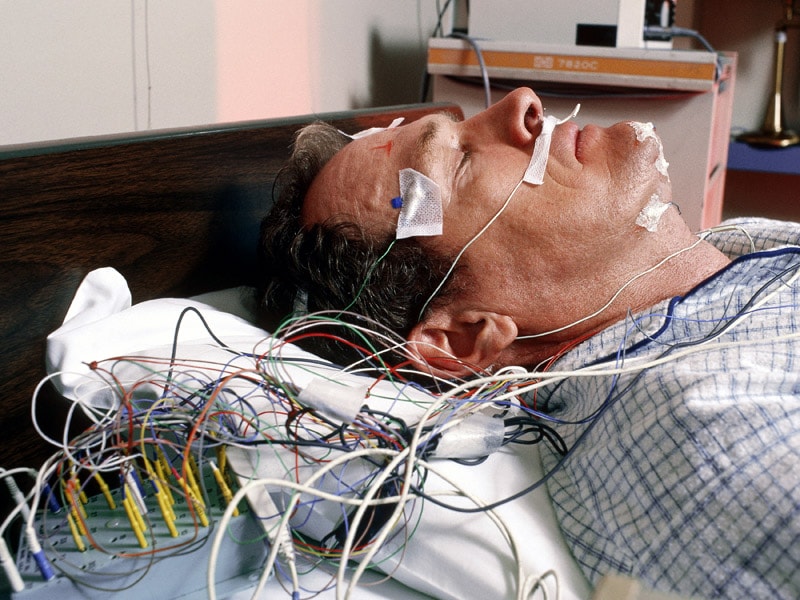

8 Emerging data suggest that extending the nightly sleep duration of people who habitually get insufficient sleep is associated with health benefits. Chronic insufficient sleep is associated with an increased risk of mortality and contributes to both the individual risk and societal burden associated with several medical epidemics, including cardiovascular disease, diabetes, obesity, and cancer. 5–7 Short-term sleep deprivation, long-term sleep restriction, circadian misalignment, and untreated sleep disorders can have a profound and detrimental impact on physical health, mental health, mood, and public safety. 4 Adequate quantity and quality of sleep also play a role in reducing the risk of accidents and injuries caused by sleepiness and fatigue, including workplace accidents and motor vehicle crashes. 1–3 Healthy sleep is important for cognitive functioning, mood, mental health, and cardiovascular, cerebrovascular, and metabolic health. Based on your diagnoses, your physician will continue your care and treatment or may refer you to a sleep medicine specialist.Sleep is vital for health and well-being in children, adolescents, and adults. One of our sleep medicine specialists will interpret the results of your tests and forward the information to the physician who ordered the tests. This test measures how alert you are during the day.
#Sleep studies series
This test consists of a series of several nap sessions to measure how much time it takes to fall asleep. Multiple Sleep Latency Testing (MSLT) or MSLT Sleep Study This overnight test is recommended for patients who may require oxygen during the night or have night time breathing disorders. Pulse oximetry is a test that determines the oxygen saturation in the blood.
#Sleep studies tv
You are then free to relax, read a bit or watch TV until you fall asleep. The fitting process takes about 30 to 45 minutes. The technologist will thoroughly explain your study and then fit you with leads or devices that are part of your evaluation. After arriving at the center around 8 p.m., you will meet the sleep technologist who will conduct your test.

#Sleep studies how to
Learn how to use the Apnea Link™ Air Home sleep testing device.The data will be interpreted by a sleep specialist and shared with your provider to review with you. The equipment will measure your heart rate, oxygen levels and breathing while you sleep, recording it to a device that you will return. It is used to diagnose obstructive sleep apnea. Home sleep testing occurs when you sleep at home wearing equipment that collects information about breathing during sleep. If your physician determines a sleep study is necessary to help with diagnosis, you may be able to choose a home sleep test or an in-clinic sleep study at one of our three comfortable sleep lab locations.


 0 kommentar(er)
0 kommentar(er)
